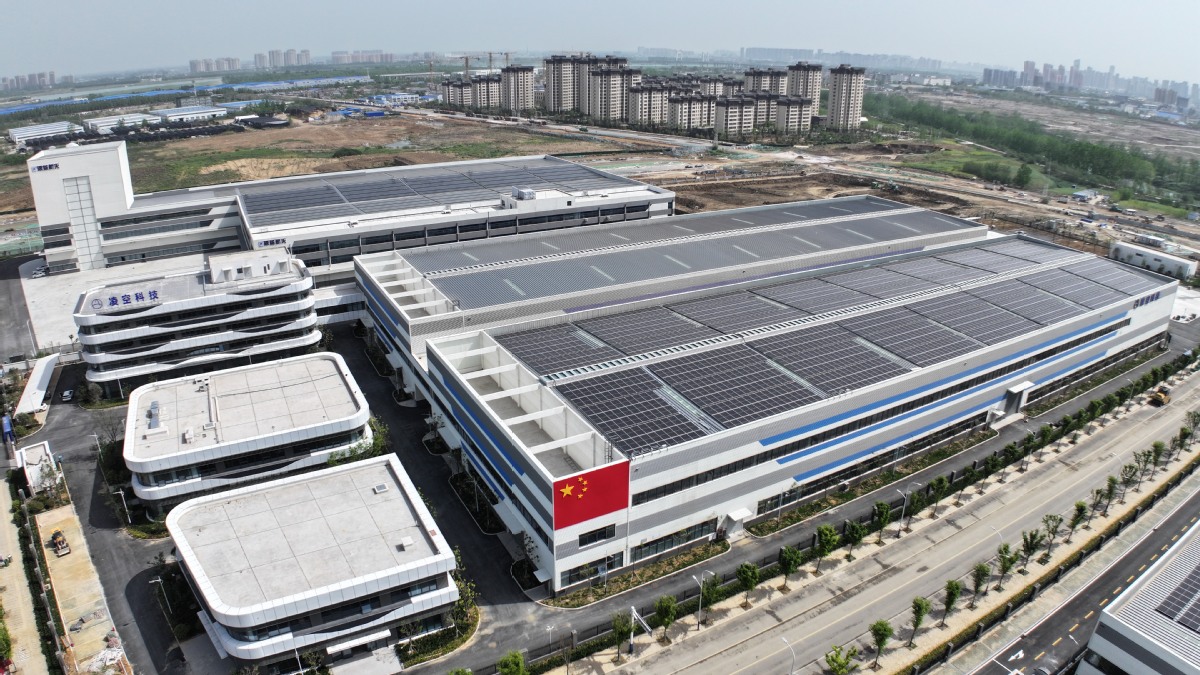'Blue sky' powerhouse taking off
Province bringing together innovators, materials producers, engine makers, and launch-service providers under one roof to develop its aerospace economy


While Beijing or Shanghai often grab headlines, Anhui is also building a full industry chain — from urban drone flights to rockets bound for orbit.
During the Chinese top leadership's inspection tour of Anhui in October 2024, the province was urged to build globally competitive advanced manufacturing clusters and preemptively invest in strategic industries, including aerospace, smart aviation and high-end manufacturing.
Across the province, the flying taxi is already operational in Hefei and blood delivery drones connect 20 hospitals within 20 minutes in the city. Tourism flights between Hefei, Wuhu, and Huangshan enable sightseers to enjoy Anhui's ancient landscapes. In other cities of Anhui province, drones also carry meals and medicines.
Together, they form a continuous chain — from low-altitude transport to orbital flight, such as in Bengbu, where rockets and thermal armor already march toward space.
Specifically, low-altitude airspace, which refers to altitude below 1,000 meters, has become a frontier of innovation.
More than 300 local companies in Hefei alone participate in the low-altitude economy in the province. Over 200 drone corridors serve logistics, medical transport, infrastructure inspection — even food delivery in the city.
"Low-altitude airspace is heating up. We're building an entire ecosystem, from R&D through operations, to make Hefei a true 'sky city'," said Cheng Yu, deputy director of the Hefei Development and Reform Commission.
In March 2024, China's civil aviation authority approved Anhui's low-altitude expansion: 30 new airspace zones and 27 drone corridors, both record single-year gains that underpin the province's ambition.
























